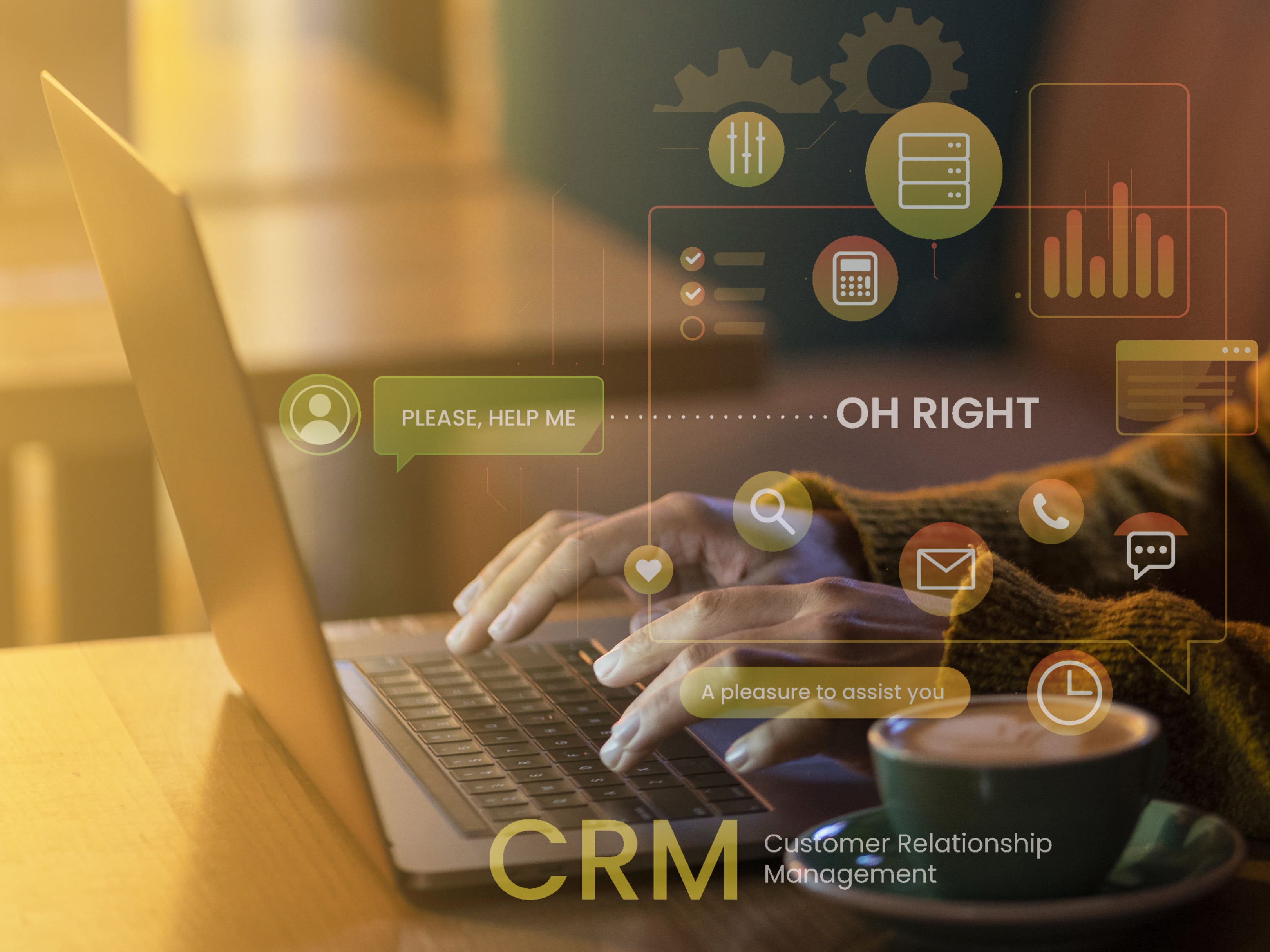
PIM vs CMS: two key tools for an effective digital strategy

Today, companies have a multitude of tools at their disposal to manage and distribute their product content. Among them, two systems are often distinguished and sometimes confused: PIM (Product Information Management) and CMS (Content Management System).
While they both deal with content, they have neither the same mission nor the same users. So what's the difference between a PIM and a CMS? And why has their association become essential to a successful omnichannel strategy?
PIM vs. CMS: Definitions
What is a CMS?
A CMS, or Content Management System, is a tool designed to create, manage and publish content on a website.
This is the engine used to design and bring to life the pages visible to Internet users: home page, product sheets, blog articles, corporate pages, forms, etc.
Well-known CMS such as WordPress, Drupal, Magento, Shopify and PrestaShop enable marketing and web teams to easily publish content without technical skills.
They manage page structure, design, navigation and sometimes even product data.
However, a CMS is not designed to store or enrich product information in depth. It simply displays what it receives from other systems (such as a PIM).
In short, the CMS is the digital storefront, while the PIM is the data warehouse that feeds this storefront.
What is a PIM ?
PIM is a solution dedicated to centralizing, enriching and distributing product information.
It plays a key role in data quality and consistency, becoming the single source of truth for all the company's products.
In concrete terms, the PIM brings together all the information needed to describe a product:
- Name, description and technical specifications,
- Dimensions, weight, materials, colors,
- Marketing awards, labels, certifications,
- Multilingual content,
- Associated media (photos, videos, technical documents, via a connected DAM ).
Designed for marketing, e-commerce, digital or product teams, PIM facilitates collaboration, automates content updates and guarantees consistency of product sheets across all channels.
PIM vs CMS: distinct but complementary missions
Although both handle content, PIM and CMS do not meet the same needs.
The PIM acts upstream: it collects, structures and enriches product data to guarantee its quality. The CMS acts downstream: it stages this data on the website to enhance the user experience.
PIM is a product data management tool, while CMS is a presentation and publication tool. The former speaks to data and product marketing teams, the latter to web and communication teams.
Let's take a concrete example:
A decoration brand wants to publish a new sofa on its site.
- The PIM gathers information: name, dimensions, materials, colors, photos, translations, prices, technical data sheets;
- The CMS retrieves this data to automatically generate the product sheet on the site, in the right layout, with the right visual content.
In this way, the marketing team enriches the data in the PIM, while the CMS distributes it on the digital storefront.
Why can't PIM replace CMS (and vice versa)?
It's not uncommon for companies to try and manage their product data sheets directly in the CMS. This works for small catalogs, but quickly becomes unmanageable on a larger scale.
A CMS is not designed to store, enrich or synchronize thousands of items of product data. It does not offer the structure, granularity or collaborative workflows required for this type of management.
Conversely, PIM is not a publishing tool. It doesn't manage the layout, navigation, design or SEO of web pages. It focuses on the raw data and its quality, not on how it is displayed.
PIM and CMS are not opposites: they are two links in the same value chain.
Their interconnection guarantees both data rigor and fluidity of distribution.
The PIM + CMS duo: a driving force for omnichannel performance
The PIM + CMS duo: a driving force for efficiency and consistency
During a PIM implementation, a connection with the CMS is planned. Once this is done, the PIM and CMS form a coherent, high-performance ecosystem.
Data structured and validated in the PIM is automatically transmitted to the CMS, which then displays it on web pages in the correct format.
The benefits are many:
- Time-saving: product data sheets are automatically updated on the site.
- Data reliability: a single source, no more re-entries.
- Omnichannel consistency: the same information appears on the website, marketplaces and print media.
- Agility: marketing and web teams can work in parallel, without technical dependency.
- Improved time-to-market: faster, smoother product launches.
Today, this PIM integration is essential for any company wishing to offer a fluid, consistent customer experience, while optimizing its internal processes.
Conclusion
PIM and CMS don't have the same mission, but they share a common goal: to deliver a flawless product experience.
The PIM structures, enriches and makes data reliable. The CMS stages it for the end customer.
Together, they form the foundation of a successful digital strategy, where each product benefits from accurate, consistent and enhanced data, across all channels.
In a world where information is a lever for competitiveness, connecting your PIM to your CMS means guaranteeing controlled data and a unified customer experience.
In a digital ecosystem where product data is at the heart of the customer experience, PIM (Product Information Management) and CMS (Content Management System) play complementary roles. The PIM centralizes, enriches and improves the reliability of product information, making it a unique source of truth. The CMS, on the other hand, disseminates this data on websites and other digital channels, ensuring its presentation and accessibility. Linked together, they guarantee omnichannel consistency, rapid product distribution and improved collaboration between teams.
The PIM + CMS duo offers a fluid user experience, always up-to-date data and greater efficiency in product catalog management. Together, they form the foundation of a high-performance, sustainable digital strategy.








_Leader_Mid-Market_Leader.svg)

_MomentumLeader_Leader.svg)

_BestResults_Enterprise_Total.svg)
_EasiestToUse_Enterprise_EaseOfUse.svg)
_UsersMostLikelyToRecommend_Enterprise_Nps.svg)






